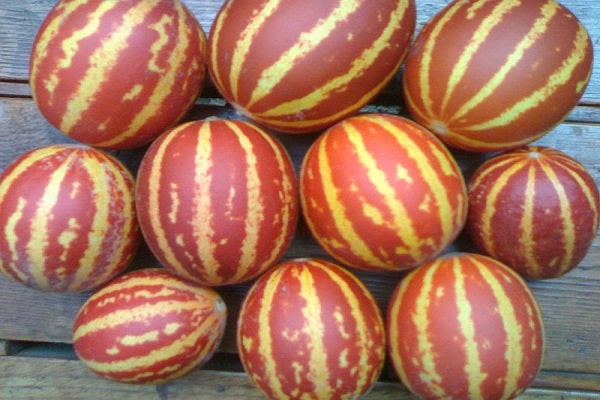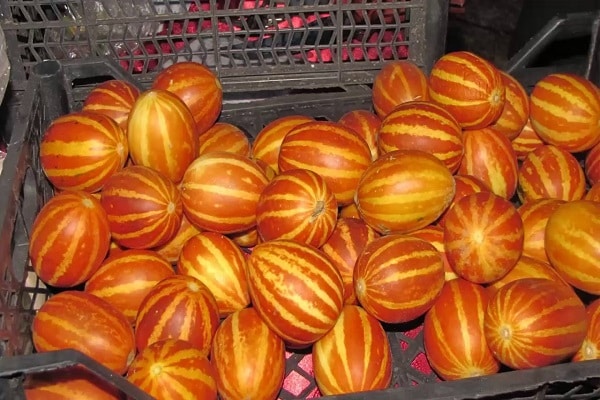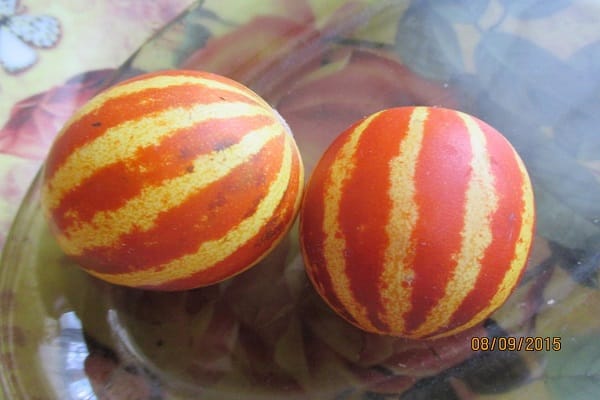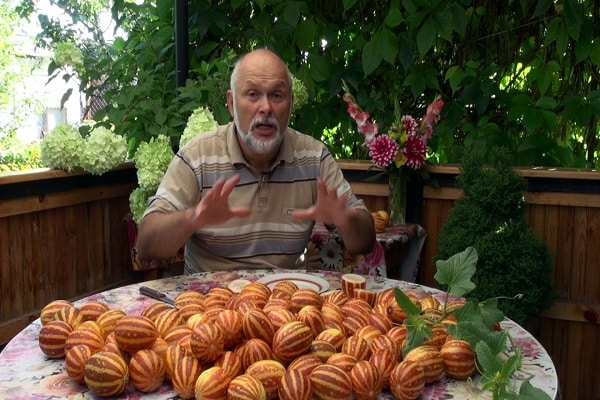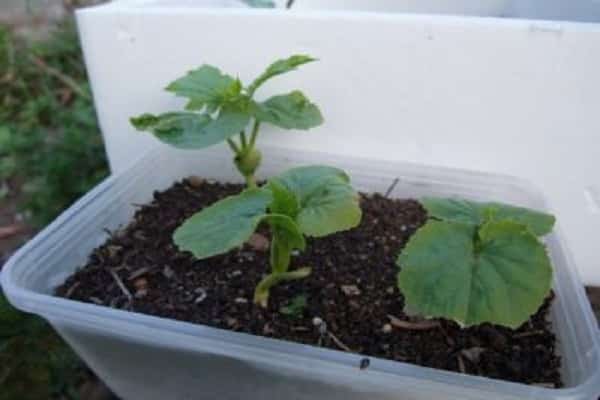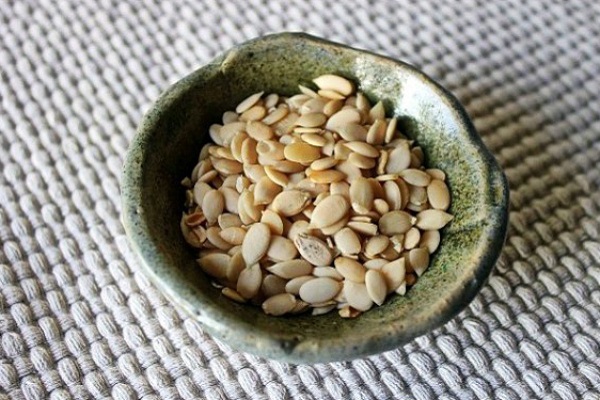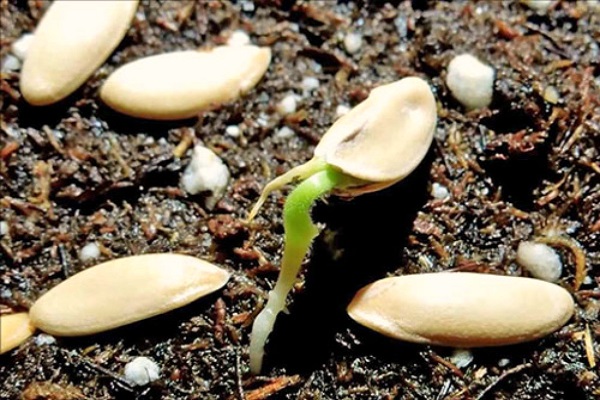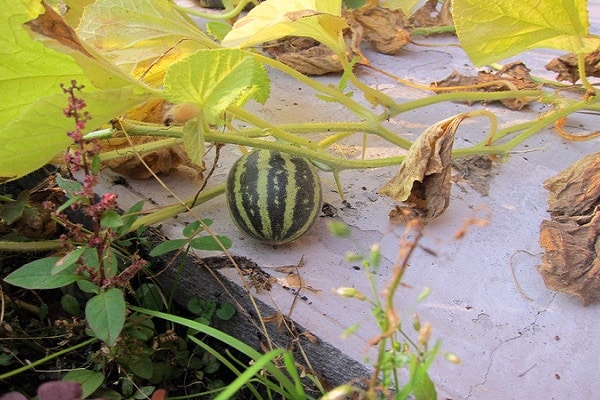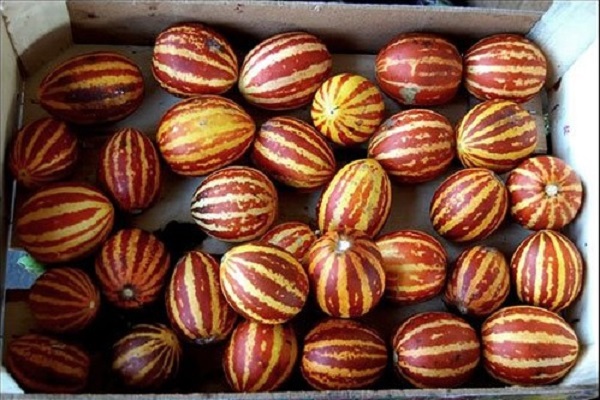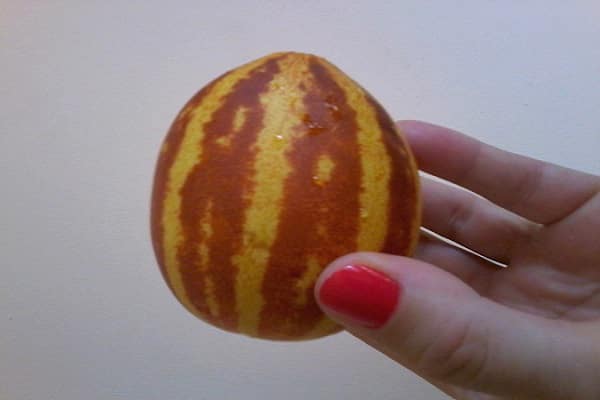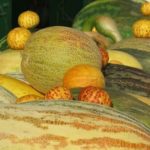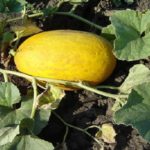It is difficult to find a gardener who does not grow such a delicious fruit as melon. Vietnamese melon, which is grown by many of them, is especially popular among summer residents. This plant differs from other varieties in the size of the fruits, the weight of which reaches 400–500 grams. Before you start growing this fruit, you should familiarize yourself with its features.
Short description
The Vietnamese melon is considered a traditional member of the pumpkin family. Previously, it was grown only in the countries of Asia Minor and Central Asia. However, in the last 10 years it has begun to spread rapidly and is therefore grown in almost all countries.This variety is distinguished by its heat-loving nature and early ripening. That is why it is recommended to grow it only in well-lit areas with a stable temperature of 20–25 degrees.
Vietnamese melon varieties are very productive, as at least 25 ripe fruits are harvested from one bush. Moreover, the mass of each of them is about 200–300 grams. All ripe fruits of the fruit are covered with an orange peel with thin golden stripes. Under the skin there is orange pulp with a rich aroma.
The main advantages of the plant include the fact that it grows well in areas with an unstable climate. Even in constantly cloudy weather, it is possible to grow juicy and sweet fruits. Such varieties are grown even in the northern regions of the country. However, in these regions you will have to grow them in greenhouse conditions so that the plant does not suffer from possible night frosts.
Another advantage of Vietnamese varieties is the speed of ripening. The first harvest is harvested in June or the first half of July. At the same time, ripe melons appear on the markets only in early August.
Varieties
Vietnamese melon, a gift from Ho Chi Minh’s grandfather, is what varieties of this fruit are often called. This name is given to the plant for a reason. Ho Chi Minh is the greatest leader who made Vietnam independent and gave its people the opportunity to feel free. He devoted a lot of time to agriculture and especially melons, as it was his favorite fruit.
Many years after the time of Ho Chi Minh, Vietnamese melons do not lose their popularity. Even today, breeders are developing new varieties of this fruit. Most often, two varieties of Vietnamese fruit are grown:
- Yan Jun. Some vegetable growers prefer the high-yielding and mid-season Yan Jun variety.The first harvest is harvested two and a half months after the plant is planted in the ground. However, a vegetable can ripen earlier, since the speed of ripening depends on the quality of light and temperature indicators. When grown correctly, the bushes grow up to three and a half meters. The Yan Jun variety has large fruits weighing about 450 grams. They are covered with a dark skin with orange stripes throughout the surface.
- Melotria. Fans of low-growing plants should grow this particular variety, as it is distinguished by its miniature size. The fruits ripen throughout the entire growing period. Therefore, you will have to harvest regularly. Many grow melons like this not for harvesting, but for decorating a summer cottage.
Growing
Before you start growing Vietnamese melon, you should familiarize yourself with the features of its cultivation at home. This will help in the future to get a large and sweet harvest of the Vietnamese variety of melons.
Sowing seeds
To reap a high-quality harvest, you must choose the right seed. For planting, only seeds that are at least three years old are used. You cannot plant recently collected seeds next year, as they do not bear fruit well due to an insufficient number of ovaries.
Before planting the seed, it is pre-treated with a manganese solution. This is done to further protect the seedlings from bacteria and microbes, which can cause the plants to get sick. The treated seeds are then hardened. To do this, all the seeds are taken outside every day.
When hardening is complete, the seed is soaked in settled water. This is done to select the highest quality seed. It is very easy to distinguish good seed from bad seed.High-quality seeds swell after soaking, but low-quality seeds do not.
Prepared seeds are planted in small peat pots. They are the ones that are best suited for planting, since when transplanted into open ground, grown seedlings are planted together with pots. When planting, the seed is placed in the ground at a depth of 3–4 cm. When the seeds are planted, the pots are transferred to a room with a temperature of 20–25 degrees. When growing seedlings, pay attention to their leaves. After the first leaf appears, organic fertilizer is added to the soil.
Growing and care
Constantly grow melon It’s not allowed in pots, so you’ll have to replant it. Replanting is done when four true leaves appear on the bushes and there are no night frosts outside.
Before replanting the plant, the area is first dug up and moistened with water. Then shallow holes are made on the prepared soil. The distance between them is 70–75 cm. This is enough so that the planted bushes do not shade each other.
Each hole is re-watered and treated with a weak solution of manganese. If desired, organic fertilizers are added to the holes. Then peat pots with a plant are placed in the holes and covered with soil. The area is moistened again with warm water and fresh humus is sprinkled on top.
When growing, the bushes are regularly watered with settled water. In summer, watering is carried out daily. In cloudy or rainy weather, the number of waterings is reduced to three times a week. It is not recommended to moisten the soil with cold water, as it causes root rot, which makes the melon sick.
Conclusion
All lovers of fresh fruits are engaged in growing Vietnamese melon.To properly grow this plant and get a good harvest, you should read reviews from people who regularly plant melons and become familiar with the features of planting and caring for them.

